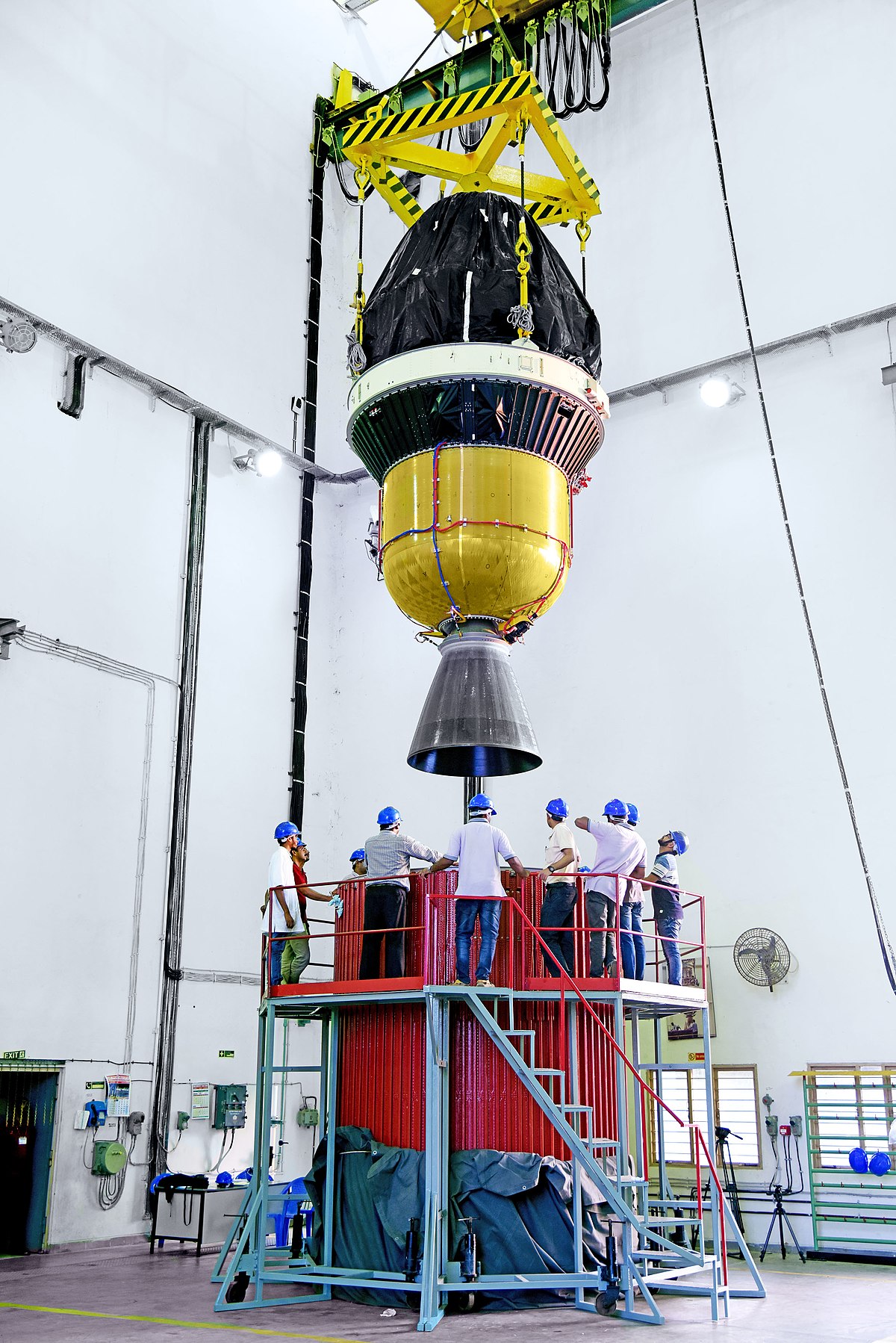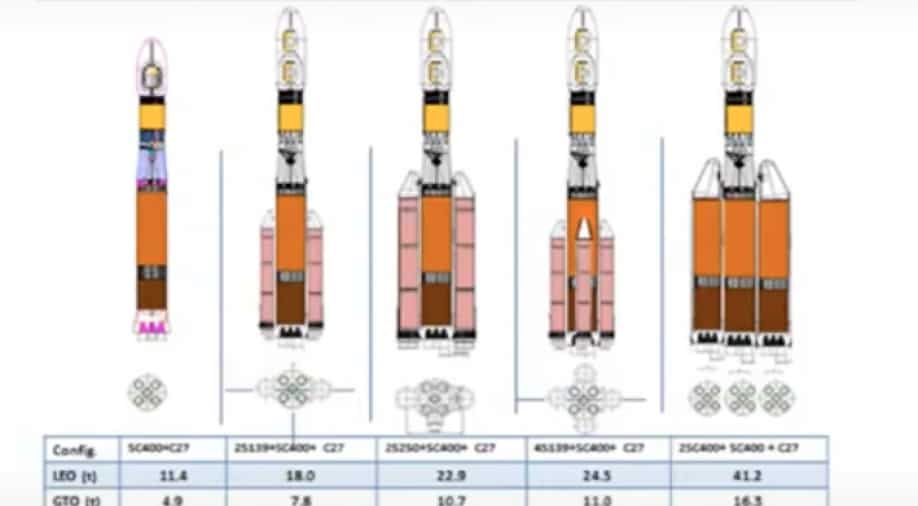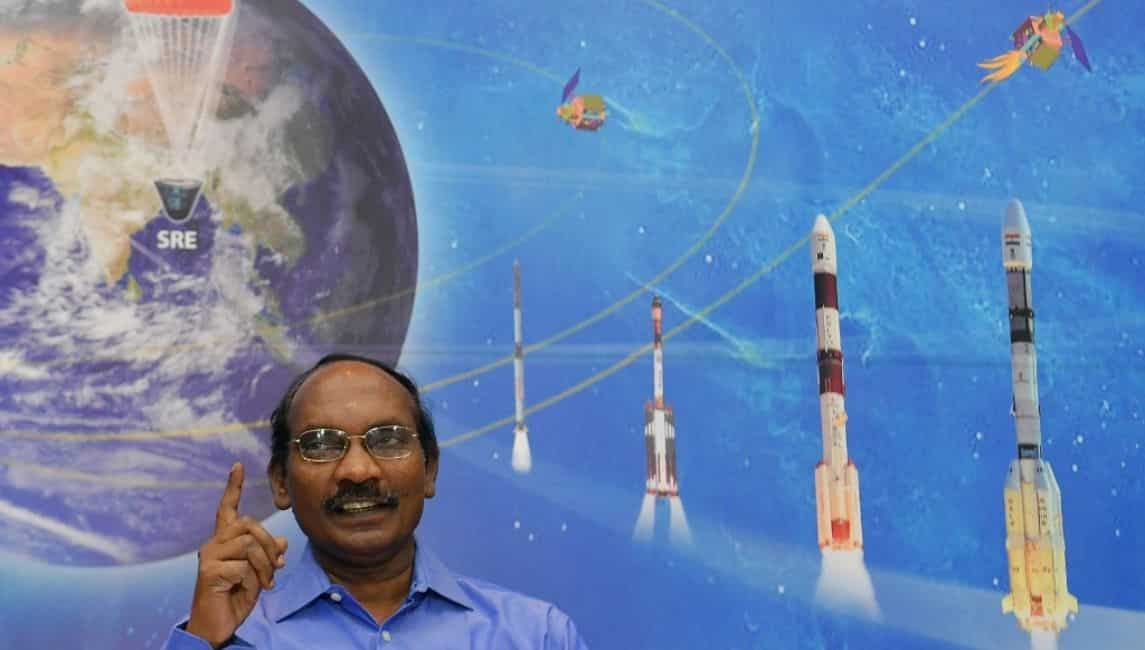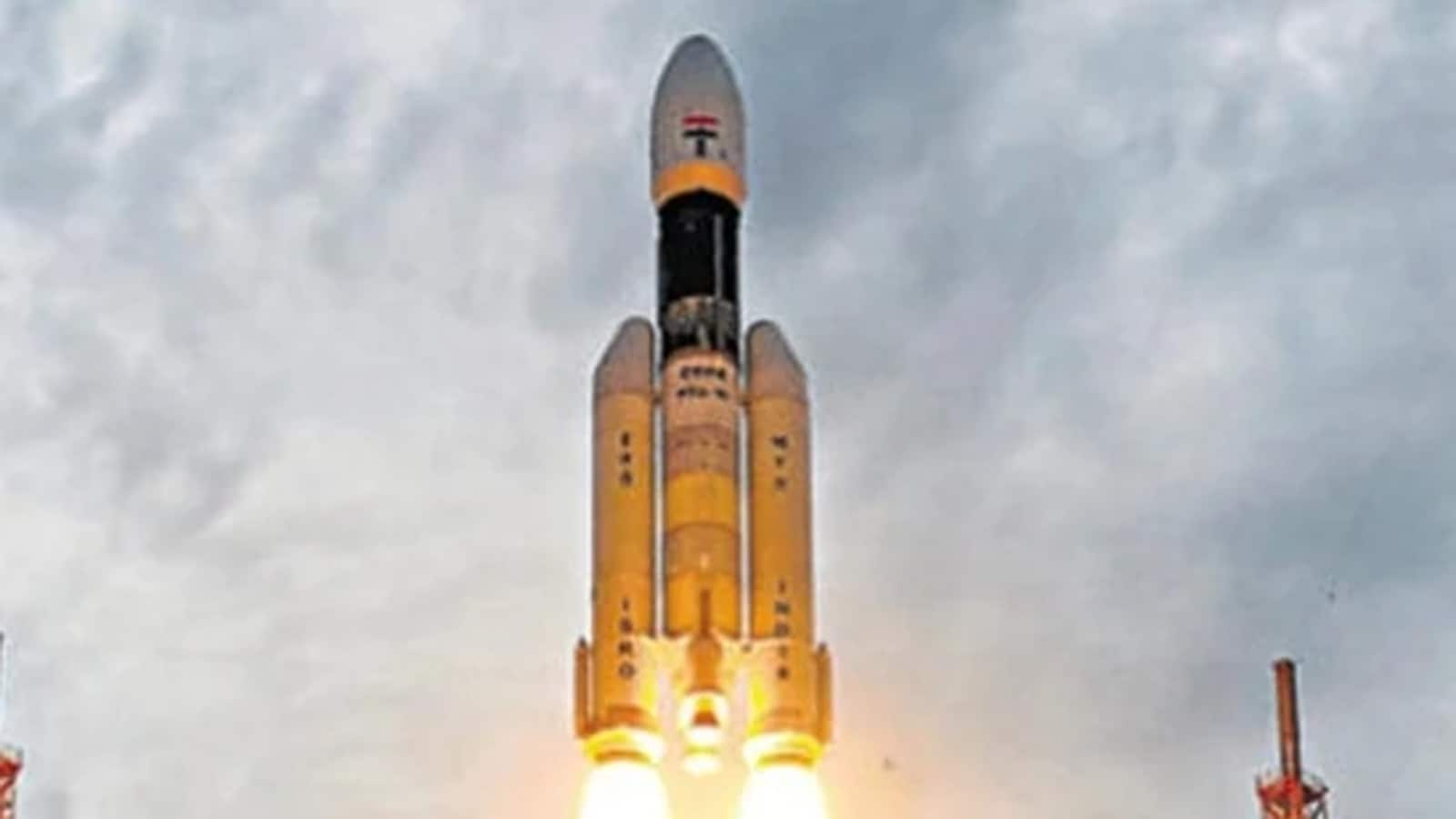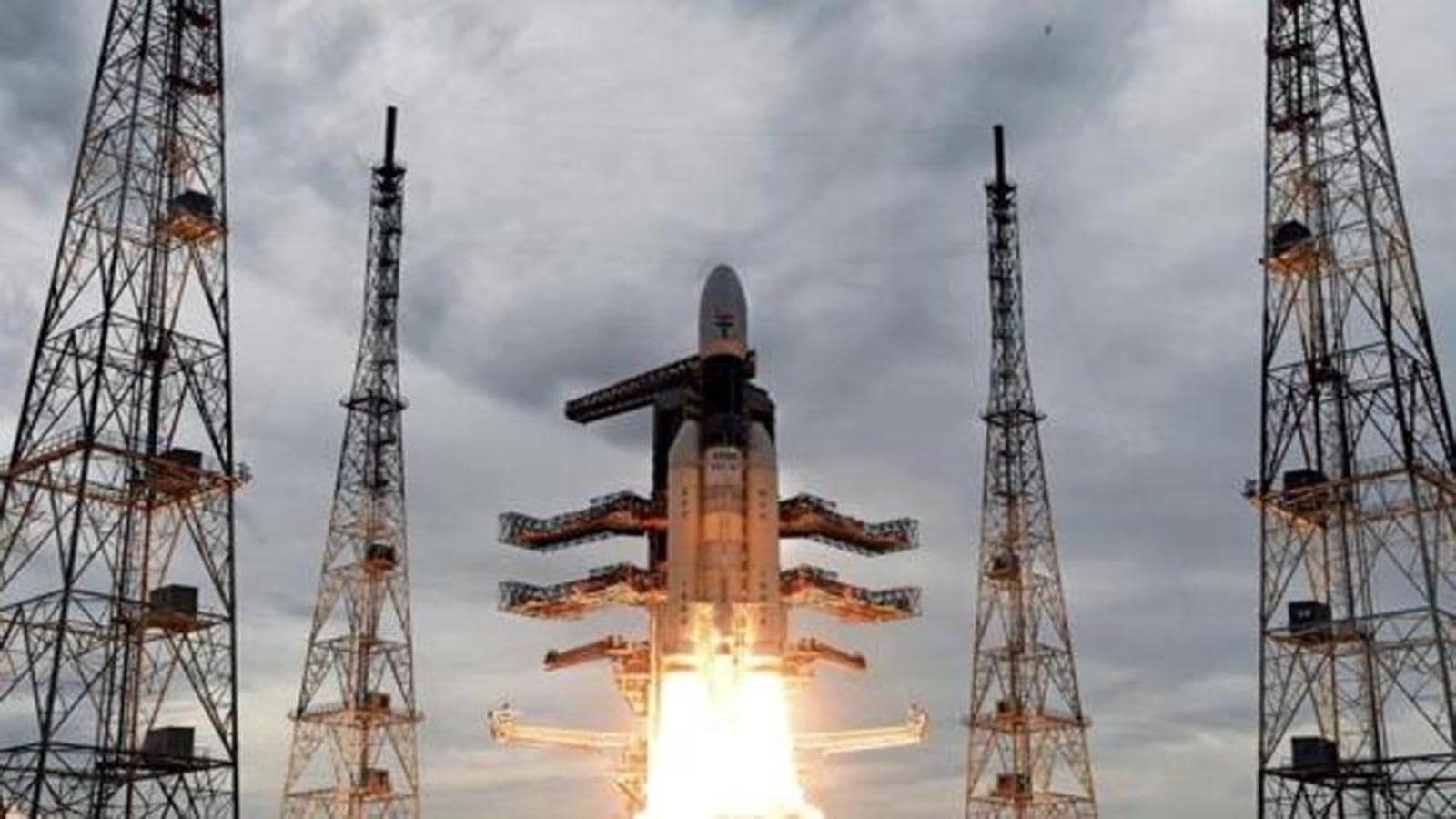RoaringTigerHiddenDragon
New Member
- Joined
- Sep 5, 2020
- Messages
- 4,132
- Likes
- 17,621
The only problem here is why only ISRO was affected when the US and France and even Russia went through worse Wuhan virus episodes than us. It is simply because ISRO does not have the depth in engineering talent to accomplish lofty projects. They are like the Indian cricket team of the 90s. ISRO needs a complete restructuring and a 21st century team to succeed. Just move actual manufacturing/assembly over to private sector and adopt the same model as in the US - NASA does R&D and design, while LM, Boeing, MCD do the actual manufacturing/launches. But even for this model, ISRO needs top space scientists and they are going to have a hard time recruiting such talent; as top talent require both money and a sense of purpose in serving India. India as it stands today simply does not produce top talent in science and engineering, especially in aeronautics, materials science, fuel chemistry, mechanical engineering etc, which are all very much needed in advanced rocketry. I dont think we are at a stage to execute advanced space projects and would remain a tier 2 space agency for a long, long time. This is an area where gap between us and China is going to increase many fold. I hope our private sector can bridge some of these gaps but FDI funded space startups that exclusively cater to ISRO's progress and growth is an untested model. So, let's see what happens.Mitigating( not exculpatory) factors for ISRO- far less funding than the other major space faring countries the US, Russia, France, China, Japan; historically, much less developed industrial and manufacturing base than at least 4 of those countries; space programme doesn't possess the huge importance for prestige and geo-politics that it does for US, Russia, China, France; sanctions placed on India causing huge delays; Covid badly affecting India.
Lack of vision, misplaced priorities and lethargic bureaucracy has a cost and ISRO, like other PSUs, suffers from this unchanging (unchangeable?) culture of Indian governance.

